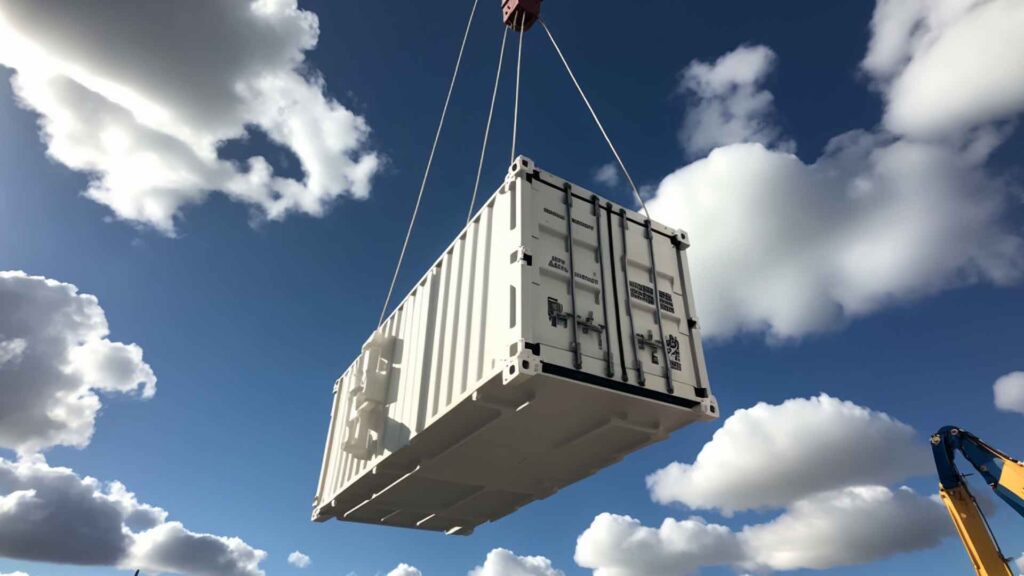In the intricate world of logistics, understanding and obtaining accurate LTL (Less Than Truckload) freight quotes is crucial for businesses aiming to optimize costs and enhance efficiency in their shipping operations. Let’s look into the essentials of LTL freight quotes and how they play a pivotal role in the logistics landscape.
LTL Freight Quotes

What are LTL Freight Quotes? LTL freight refers to shipments that do not require an entire truck for transportation. Instead, multiple shipments from different businesses share the available space on a truck, making it a cost-effective solution for smaller loads.
Components of LTL Freight Quotes:
– Weight: The weight of the shipment is a primary factor. Most carriers have weight brackets that determine pricing.
– Dimensions: The size of the shipment impacts the space it occupies on the truck.
– Distance: The distance the shipment needs to travel affects the overall cost.
– Freight Class: Each type of cargo is assigned a freight class, influencing pricing based on characteristics like density, ease of handling, and liability.
Benefits of Obtaining Accurate LTL Freight Quotes
1. Cost Optimization:
– LTL allows businesses to pay only for the space their shipments occupy, contributing to significant cost savings compared to booking an entire truck.
2. Flexibility:
– Ideal for businesses with smaller loads or irregular shipping needs, providing flexibility in shipment sizes.
3. Reduced Environmental Impact:
– Sharing truck space reduces the number of trucks on the road, contributing to a lower carbon footprint.
4. Accessibility:
– Enables small and medium-sized businesses to access cost-effective shipping solutions that align with their budget constraints.
How LTL Shipping Works: A Step-by-Step Breakdown

Understanding the intricacies of LTL shipping is essential for optimizing your logistics strategy. Here’s a step-by-step overview:
1. Freight Collection:
– Shipments from multiple businesses are collected and consolidated at a local terminal.
2. Weighing and Classification:
– Each shipment is weighed and assigned a freight class based on its characteristics.
3. Consolidation:
– Shipments with similar destinations are grouped together on a truck to maximize efficiency.
4. Transit:
– The truck transports the consolidated shipments to a regional or central terminal.
5. Deconsolidation:
– At the terminal, shipments are sorted and loaded onto trucks based on their final destinations.
6. Final Delivery:
– Trucks deliver shipments to local destinations, and shipments are typically unloaded using a pallet jack or forklift.
Selecting an LTL Freight Carrier: Key Considerations

Choosing the right LTL freight carrier is a pivotal decision that directly impacts the efficiency and cost-effectiveness of your shipping operations. Here are crucial factors to consider:
Reliability:
– Assess the carrier’s track record for on-time deliveries and consistency in service.
Coverage:
– Ensure the carrier has a robust network that covers your shipping lanes effectively.
Technology Integration:
– Opt for carriers with advanced technology that provides real-time tracking and seamless communication.
Financial Stability:
– A financially stable carrier is more likely to invest in equipment, technology, and personnel, ensuring reliable service.
Customer Service:
– Responsive and proactive customer service can address issues swiftly and enhance your overall shipping experience.
Transparency:
– Choose carriers that provide transparent pricing, including any additional charges, to avoid unexpected costs.
Tips for Obtaining and Utilizing LTL Freight Quotes

1. Provide Accurate Information:
– Furnish precise details about weight, dimensions, and freight class to ensure accurate quotes.
2. Leverage Technology:
– Utilize online platforms and freight management systems to streamline the quote request and booking process.
3. Build Relationships with Carriers:
– Establishing partnerships with reliable carriers can lead to better rates and more favorable terms.
4. Evaluate Service Offerings:
– Beyond cost, consider the carrier’s service offerings, transit times, and reliability.
Deciding LTL Freight Rates: A Comprehensive Guide

Calculating Less Than Truckload (LTL) freight rates involves a nuanced process that considers various factors. Here’s a comprehensive guide to help you navigate the intricacies of LTL freight rate calculations.
1. Understanding Freight Class
Freight class is a critical determinant of LTL freight rates. It is assigned based on the National Motor Freight Classification (NMFC), which considers the shipments:
– Density:
– Calculated by dividing the shipment’s weight by its volume. Higher density often leads to lower freight class and, consequently, lower rates.
– Stowability:
– Considers ease of handling, with easier-to-handle shipments often receiving lower freight classes.
– Ease of Handling:
– Fragile or high-risk items might be assigned a higher class, affecting the overall rate.
2. Weight and Dimensions
The weight and dimensions of your shipment play a crucial role in LTL rates:
– Actual Weight:
– The total weight of the shipment affects the base rate. It’s essential to accurately weigh your shipment.
– Dimensional Weight:
– If your shipment is relatively light but takes up a lot of space, carriers may charge based on dimensional weight.
3. Freight All Kinds (FAK) Pricing
Some shippers negotiate FAK pricing, where multiple items with different classes are billed at a single, agreed-upon class. This can simplify billing but requires careful negotiation.
4. Base Rates and Accessorial Charges
– Base Rates:
– The primary cost of shipping, is often influenced by distance, service level, and carrier-specific factors.
– Accessorials:
– Additional services, such as liftgate service, residential delivery, or inside delivery, can add extra charges.
5. Negotiation and Carrier Relationships
Building strong relationships with carriers and negotiating favorable terms can lead to better rates. Consistent, reliable business can often result in preferential pricing.
6. Quoting Software and Rate Tariffs
Utilizing LTL quoting software and understanding carrier rate tariffs can streamline the rate comparison process. These tools help you access real-time rates from multiple carriers.
7. Volume and Frequency Discounts
High shipping volumes or frequent shipments may make you eligible for volume or frequency discounts. Discuss these possibilities with your carrier.
8. Fuel Surcharges
Carriers often apply fuel surcharges that fluctuate with diesel fuel prices. Stay informed about these surcharges, as they can significantly impact your overall costs.
Conclusion
In the dynamic logistics landscape, businesses must navigate the complexities of freight transportation efficiently. Understanding and obtaining accurate LTL freight quotes is a strategic step toward achieving this goal. By embracing the cost-effective and flexible nature of LTL shipping, businesses can optimize their logistics operations, enhance customer satisfaction, and contribute to a more sustainable supply chain. Stay informed, leverage technology, and build strong partnerships to unlock the full potential of LTL freight quotes in your logistics strategy.
At Galaxy Freight, we recognize the importance of efficient and cost-effective shipping solutions. Our LTL freight services are designed to meet the unique needs of businesses, offering competitive quotes, reliable delivery, and a commitment to sustainability. Contact us now!



